
Tomar: The Enchanting City of the Knights Templar
Discover Tomar, a historic gem in central Portugal, renowned for its Convent of Christ, charming old town, and vibrant festivals, rooted in the legacy of the Knights Templar.
Tomar is a city that feels like a journey through time. Nestled in central Portugal, it is steeped in history and brimming with architectural marvels. The city's crown jewel is the Convent of Christ, a UNESCO World Heritage site. This stunning monument, founded by the Knights Templar in the 12th century, is an intricate blend of Gothic, Manueline, and Renaissance styles. Wandering through its cloisters and halls, you can almost hear the whispers of centuries past. The historic center of Tomar is a delight to explore. Cobbled streets wind through picturesque squares and past charming buildings adorned with traditional azulejos (ceramic tiles). The Praça da República is the heart of the city, where you can relax at a café and take in the view of the 17th-century church of São João Baptista. Just a short stroll away, the Mata Nacional dos Sete Montes offers a tranquil escape with its lush greenery and scenic walking trails. Tomar is also a city of festivals. The Festa dos Tabuleiros (Festival of the Trays), held every four years, is a spectacular event where locals parade through the streets with towering trays of bread and flowers on their heads. This vibrant celebration reflects the deep-rooted traditions and community spirit of the city. Whether you're a history buff, a nature lover, or a fan of cultural festivities, Tomar has something to captivate every visitor.
Local tips in Tomar
- Visit the Convent of Christ early in the morning to avoid crowds and enjoy the serene atmosphere.
- Wear comfortable shoes as the cobbled streets of the historic center can be uneven.
- Try the local delicacy, 'Fatias de Tomar,' a unique egg-based dessert with a rich history.
- If visiting during the Festa dos Tabuleiros, book accommodations well in advance as the city gets very busy.
- Explore the Mata Nacional dos Sete Montes for a peaceful retreat and beautiful hiking paths.
Tomar: The Enchanting City of the Knights Templar
Tomar is a city that feels like a journey through time. Nestled in central Portugal, it is steeped in history and brimming with architectural marvels. The city's crown jewel is the Convent of Christ, a UNESCO World Heritage site. This stunning monument, founded by the Knights Templar in the 12th century, is an intricate blend of Gothic, Manueline, and Renaissance styles. Wandering through its cloisters and halls, you can almost hear the whispers of centuries past. The historic center of Tomar is a delight to explore. Cobbled streets wind through picturesque squares and past charming buildings adorned with traditional azulejos (ceramic tiles). The Praça da República is the heart of the city, where you can relax at a café and take in the view of the 17th-century church of São João Baptista. Just a short stroll away, the Mata Nacional dos Sete Montes offers a tranquil escape with its lush greenery and scenic walking trails. Tomar is also a city of festivals. The Festa dos Tabuleiros (Festival of the Trays), held every four years, is a spectacular event where locals parade through the streets with towering trays of bread and flowers on their heads. This vibrant celebration reflects the deep-rooted traditions and community spirit of the city. Whether you're a history buff, a nature lover, or a fan of cultural festivities, Tomar has something to captivate every visitor.
When is the best time to go to Tomar?
Iconic landmarks you can’t miss
Convent of Christ
Explore the Convent of Christ, a UNESCO World Heritage Site in Tomar, showcasing stunning architecture and rich Templar history in Portugal.
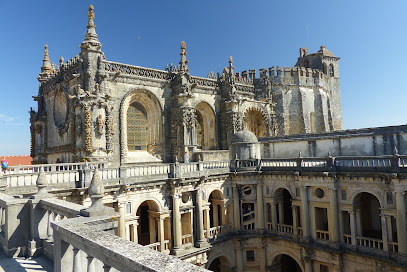
Hotel dos Templários
Discover comfort and history at Hotel dos Templários in Tomar, where stunning gardens meet rich Portuguese heritage for a memorable stay.

Aqueduto do Convento de Cristo - Troço Pegões Altos
Explore the Aqueduto do Convento de Cristo, a stunning architectural wonder and UNESCO World Heritage site in Tomar, Portugal, rich in history and beauty.
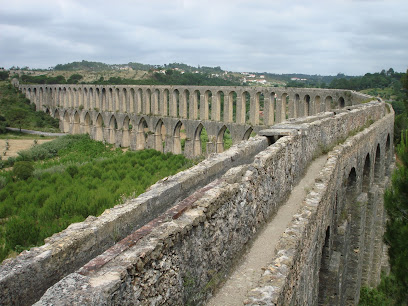
Church Santa Maria do Olival
Explore the captivating Church Santa Maria do Olival in Tomar, Portugal, a stunning medieval Catholic church steeped in history and architectural beauty.
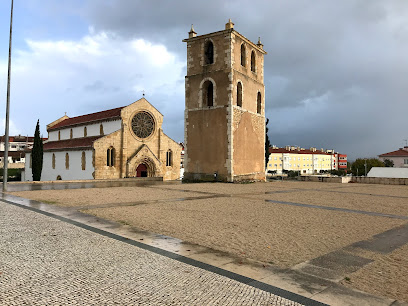
Castelo de Tomar
Explore the captivating history and stunning architecture of Castelo de Tomar, a UNESCO World Heritage site in Portugal, rich in tales of the Knights Templar.
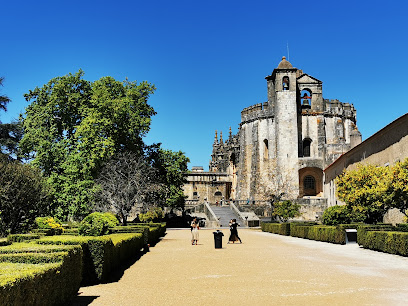
Seven Hills National Forest
Explore the lush landscapes and serene trails of Seven Hills National Forest, a captivating national park in Tomar, Portugal, ideal for nature lovers and adventurers.
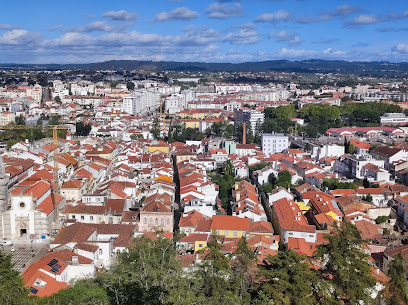
Igreja de São João Baptista
Discover the architectural beauty and rich history of Igreja de São João Baptista, a stunning Catholic church in the heart of Tomar, Portugal.
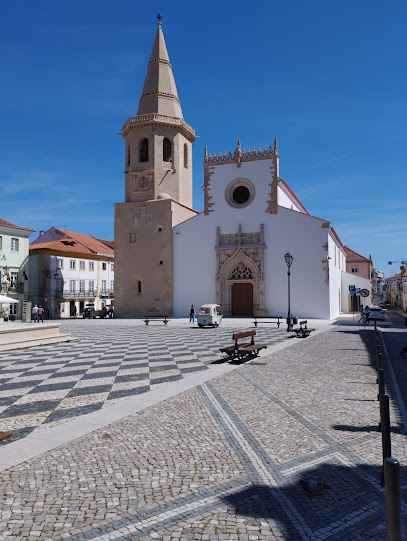
Museu dos Fósforos - Aquiles da Mota Lima
Explore the intriguing Museu dos Fósforos in Tomar, Portugal, a unique museum dedicated to the art and history of matchbooks.
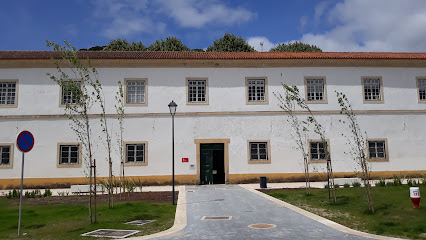
Thomar Boutique Hotel
Discover Thomar Boutique Hotel, where modern comfort meets the rich history of Tomar, a city steeped in Knights Templar lore.

Synagogue
Discover the oldest synagogue in Portugal, a stunning architectural gem in Tomar, rich in Jewish heritage and history.
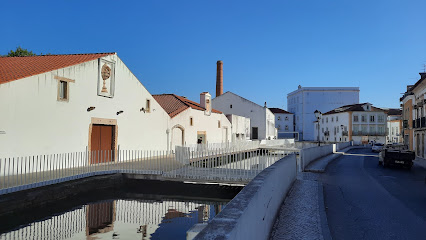
Tabernaculo do Rio
Experience the authentic flavors of Portuguese cuisine at Tabernaculo do Rio, a must-visit restaurant in the heart of Tomar, Portugal.
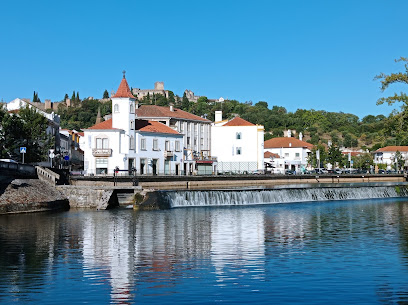
Praça da república
Discover the enchanting Praça da República in Tomar, a historical landmark rich in culture, stunning architecture, and vibrant local life.
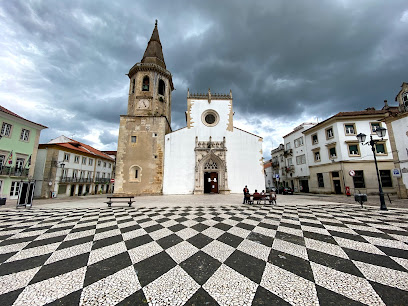
Guest House
Experience the historic charm of Tomar at this inviting guest house, your perfect base for exploring Portugal's rich heritage.
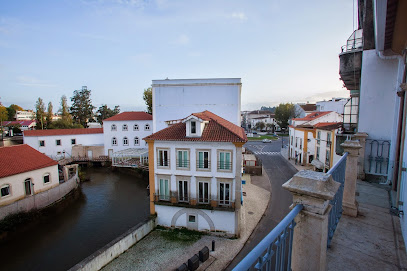
Casa dos Ofícios - Hotel
Discover the unique charm of Casa dos Ofícios, a quirky hotel in Tomar, Portugal, perfect for immersing yourself in local culture and history.

Chapel of Santa Iria
Discover the serene beauty and rich history of the Chapel of Santa Iria, a captivating Catholic church in the heart of Tomar, Portugal.
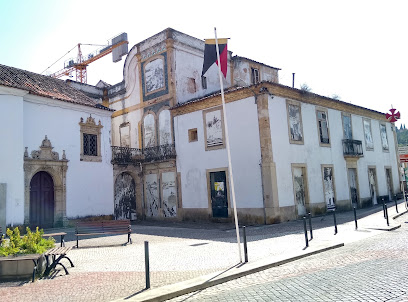
Unmissable attractions to see
Sanctuary of Our Lady of Fátima
Discover the Sanctuary of Our Lady of Fátima, a sacred pilgrimage site in Portugal, renowned for its spiritual significance and serene atmosphere.

Batalha Monastery
Explore the breathtaking Batalha Monastery in Portugal, a UNESCO World Heritage site featuring stunning Gothic architecture and rich history.

Basilica of the Most Holy Trinity
Explore the Basilica of the Most Holy Trinity in Fátima, a stunning architectural marvel and spiritual sanctuary for pilgrims and tourists alike.

Convent of Christ
Explore the Convent of Christ in Tomar, Portugal: A UNESCO World Heritage site blending history, architecture, and beauty in one breathtaking location.

Monastery of Alcobaça
Explore the Monastery of Alcobaça, a UNESCO World Heritage site, and discover Portugal's rich history and stunning Gothic architecture.
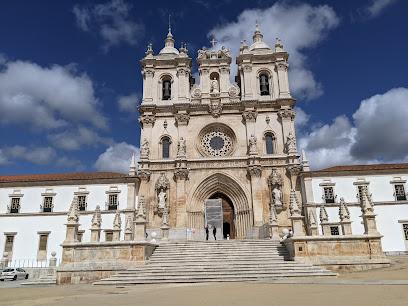
Basilica of Our Lady of the Rosary of Fatima
Discover the divine beauty and spiritual significance of the Basilica of Our Lady of the Rosary of Fatima, a must-visit pilgrimage site in Portugal.

Mira de Aire Cave
Discover the breathtaking beauty of Mira de Aire Cave, a stunning underground wonder in Portugal with unique formations and rich geological history.
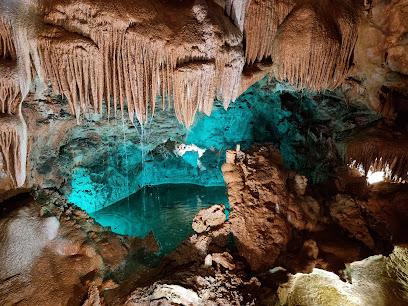
Almourol Castle
Discover Almourol Castle, a stunning medieval fortress in Praia do Ribatejo, offering breathtaking views and a deep dive into Portugal's rich history.
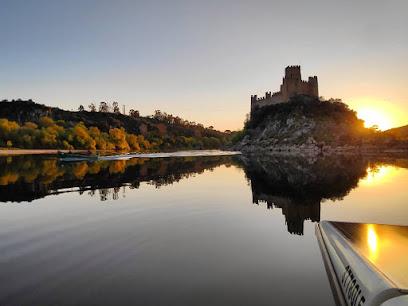
Parque Natural das Serras de Aire e Candeeiros
Explore the breathtaking landscapes and unique biodiversity of Parque Natural das Serras de Aire e Candeeiros, a must-visit national park in Portugal.
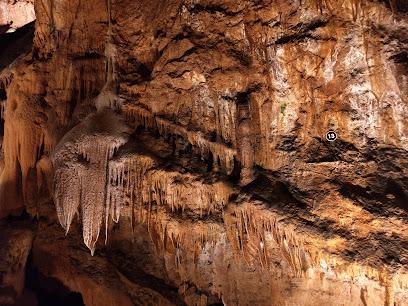
Coin Caves
Discover the Coin Caves in São Mamede, a stunning natural attraction filled with breathtaking geological formations and an organic shop for local delights.
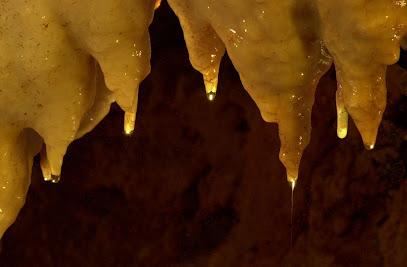
Chapel of the Apparitions
Discover the sacred Chapel of the Apparitions in Fátima, a renowned pilgrimage site and a place of peace and reflection in Portugal.

Lucia's House portugal
Explore Lucia's House in Fátima, a pilgrimage site rich in history and spirituality, honoring Sister Lucia's legacy of faith and devotion.
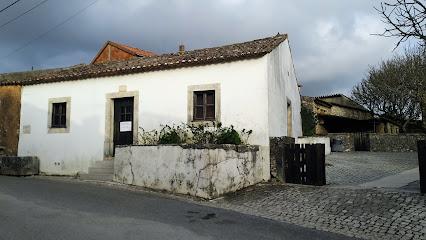
Castle of Ourem
Discover the enchanting Castle of Ourem, a medieval gem in Portugal offering stunning views and rich history in every stone.
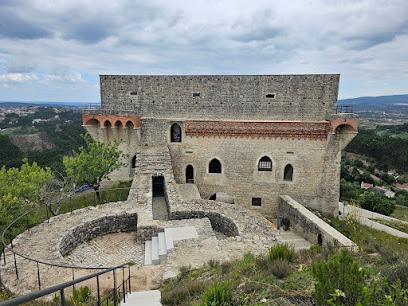
Castelo de Porto de Mós
Explore the majestic Castelo de Porto de Mós, a stunning medieval castle in Portugal offering breathtaking views and rich historical experiences.
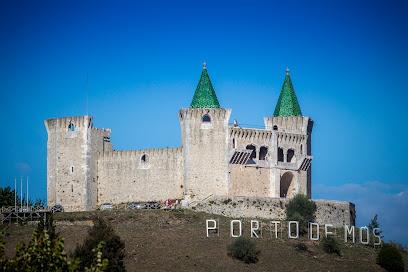
Francisco and Jacinta's House
Explore the heartfelt legacy of Francisco and Jacinta at their serene home, a pivotal pilgrimage site in Fátima, steeped in history and spirituality.
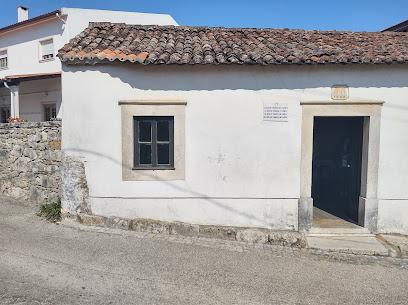
Essential places to dine
Taverna Antiqua
Experience authentic Portuguese cuisine at Taverna Antiqua in Tomar – where tradition meets flavor in every bite.
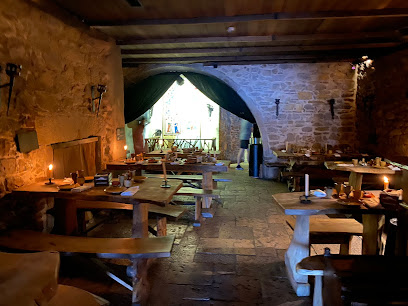
O Tabuleiro
Experience authentic Portuguese cuisine at O Tabuleiro in Tomar – where tradition meets taste in every dish.
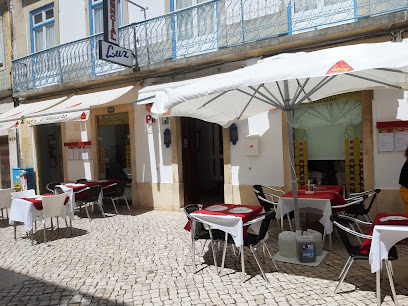
Fernandos' Brewery
Experience the essence of Portuguese craft beer at Fernando's Brewery in Tomar - where tradition meets taste.
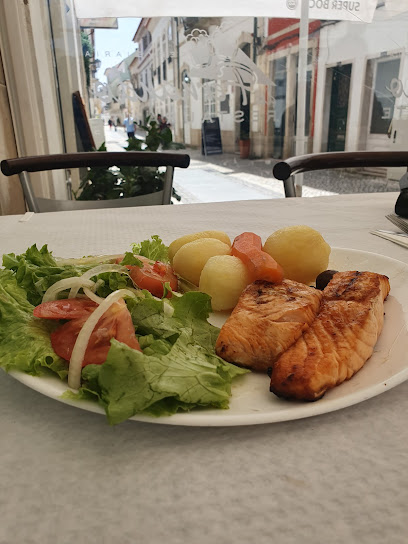
Sabores ao Rubro
Savor authentic Portuguese cuisine at Sabores ao Rubro in Tomar - where every dish tells a story.
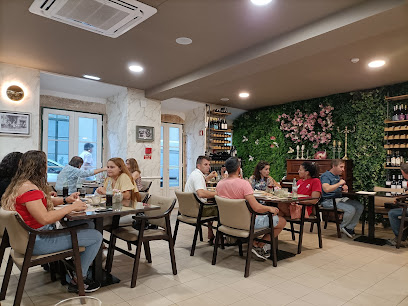
Restaurant Beira Rio
Experience traditional Portuguese cuisine in Tomar at Restaurant Beira Rio – where every dish tells a story.
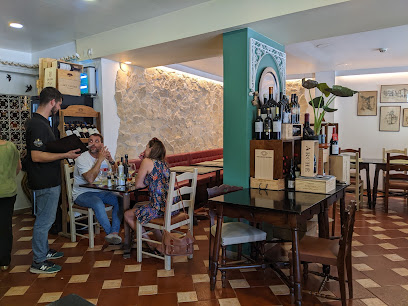
Bela Vista
Experience the essence of Portugal at Bela Vista, where traditional flavors meet warm hospitality in Tomar's culinary gem.
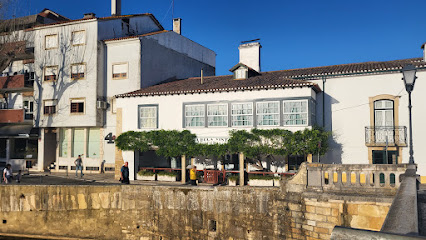
Tasquinha da Mitas
Experience authentic Portuguese cuisine at Tasquinha da Mitas in Tomar - where tradition meets taste in every dish.
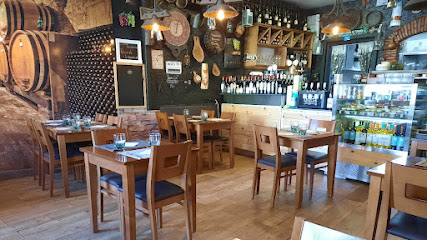
La Bella – Restaurante Italiano, Lda.
Experience authentic Italian cuisine at La Bella in Tomar – where tradition meets taste in every delightful dish.
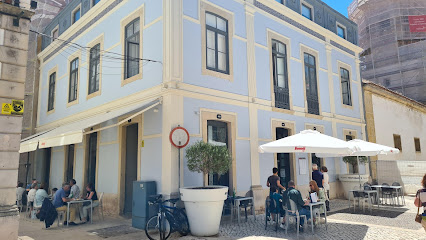
O Siciliano - Restaurante e Pizzeria
Experience authentic Italian flavors at O Siciliano in Tomar – where every meal is a delightful journey through Italy.
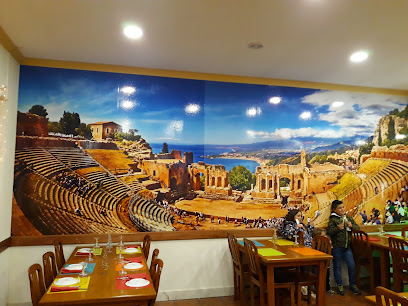
A Brasinha Restaurant
Experience authentic Portuguese cuisine at A Brasinha Restaurant in Tomar - where local flavors meet inviting atmosphere.
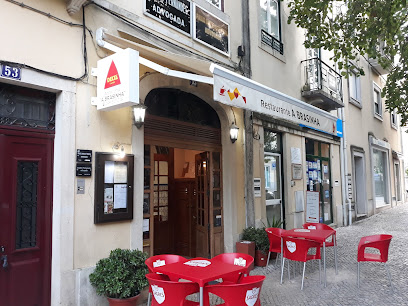
Taverna d'Talha
Experience the authentic flavors of Portugal at Taverna d'Talha in Tomar—your go-to spot for delicious tapas and vibrant local culture.
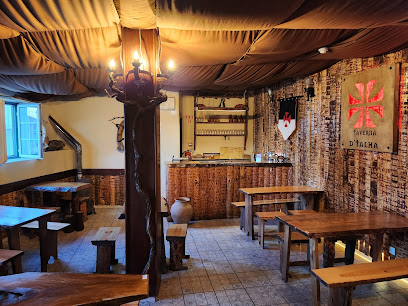
Veras' House Restaurant
Discover the essence of Portuguese cuisine at Veras' House Restaurant in Tomar, where tradition meets taste in every delightful dish.
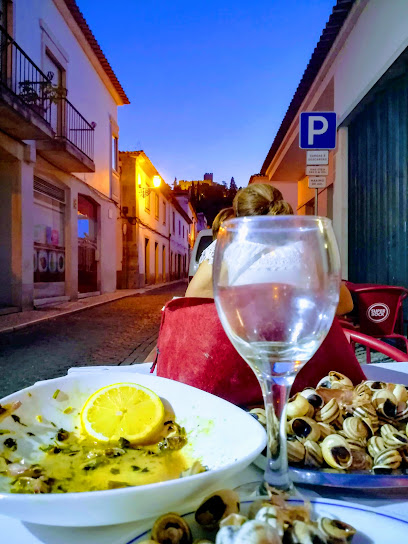
Enigma - Hamburgueria Artesanal - Tomar
Experience the best artisanal burgers in Tomar at Enigma - where flavor meets quality in every bite.
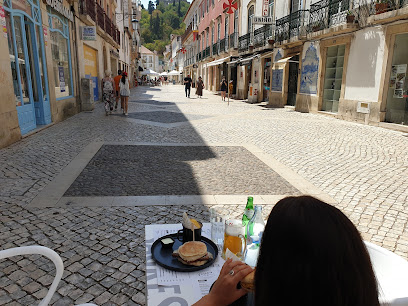
Restaurante Nabão
Discover European culinary delights at Restaurante Nabão in Tomar - where every dish is crafted with passion and tradition.
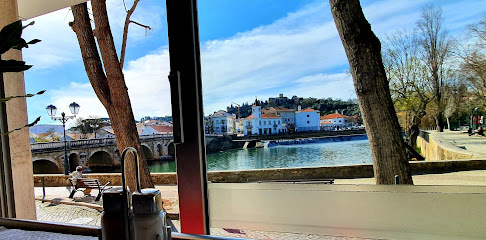
Clandestino
Experience the best of local cuisine at Clandestino – a must-visit restaurant in Tomar showcasing fresh ingredients and delightful flavors.
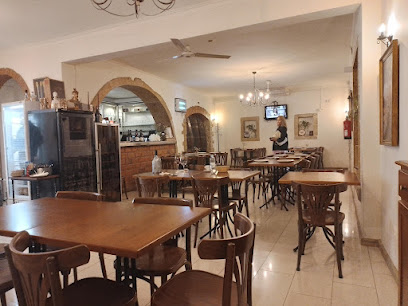
Markets, malls and hidden boutiques
Lidl Tomar
Explore Lidl Tomar, your friendly discount supermarket offering a blend of local and international products in the heart of Portugal.
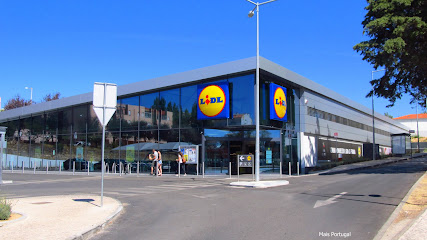
Forum Oriente
Discover the vibrant flavors of China at Forum Oriente, Tomar's premier Chinese supermarket offering a wide range of authentic Asian ingredients and snacks.
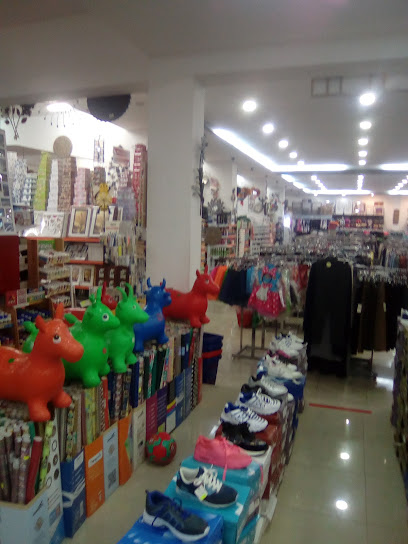
INSIDE
Discover the essence of style at INSIDE in Tomar, where fashion meets quality for both men and women.
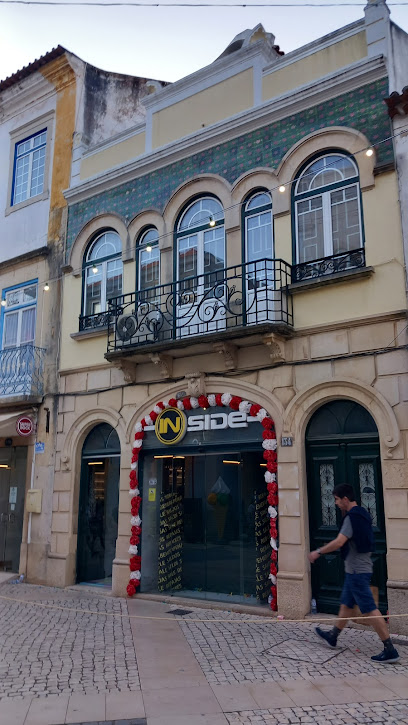
Good Mart
Explore Good Mart in Tomar for a unique shopping experience featuring trendy clothing and a welcoming atmosphere.
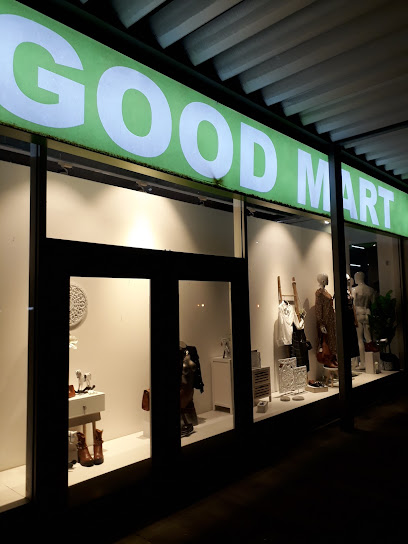
Centro Comercial Templários
Discover the vibrant shopping experience at Centro Comercial Templários, where local charm meets modern retail in the heart of Tomar.
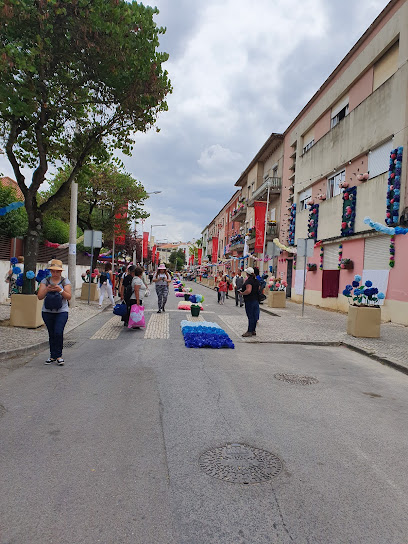
MO Tomar
Explore the stylish clothing options at MO Tomar, a premier shopping destination in the heart of Tomar, Portugal.

Vape Station - Tomar
Discover a premier vaporizer store in the heart of Tomar, offering a wide selection of products and expert guidance for every vaping enthusiast.
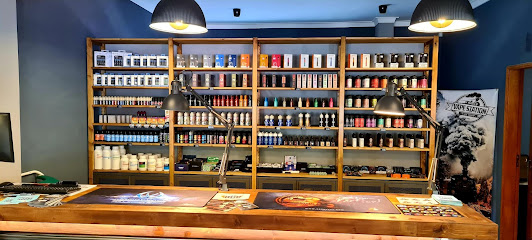
Filmoda - Loja de Roupa e Acessórios
Explore Filmoda in Tomar for an exceptional range of clothing styles from beachwear to vintage treasures, catering to all fashion needs.
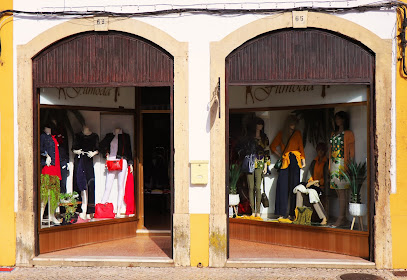
SMF - GIOVANNI Tomar
Explore trendy clothing and unique accessories at SMF - Giovanni, a stylish clothing store in the heart of Tomar, Portugal.
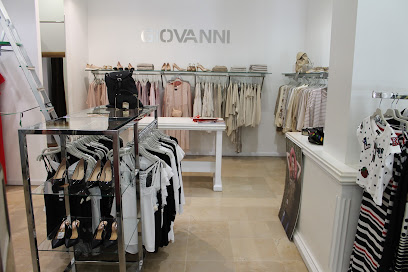
Bella Chica
Explore Bella Chica in Tomar for exquisite bridal wear and formal dresses that elevate your fashion experience.
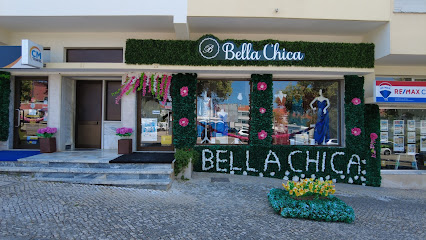
Perola Do Nabão-Sociedade De Confecções, Lda.
Explore Perola Do Nabão, a charming clothing store in Tomar offering unique fashion choices and personalized shopping experiences.
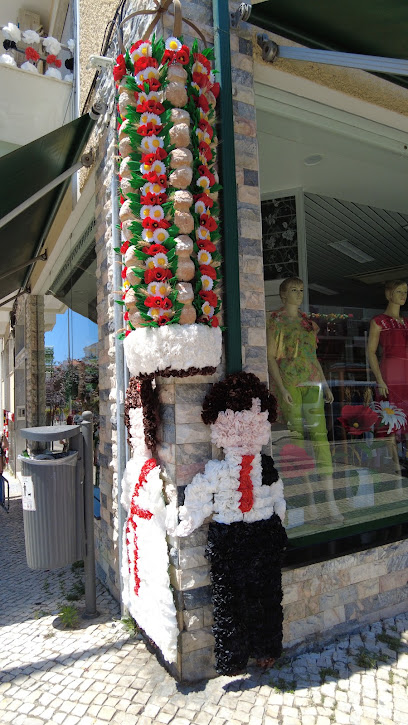
Vestuário De Noivas-pérola Dos Templários Lda
Discover exquisite wedding dresses and formal wear at Vestuário De Noivas - Pérola Dos Templários in Tomar, Portugal.

ZOKKA
Discover unique fashion accessories at ZOKKA in Tomar, where style meets local craftsmanship for the perfect piece to enhance your wardrobe.

Patarecos Contém Amor
Discover unique baby clothing at Patarecos Contém Amor in Tomar, where charm meets quality in every stitch.
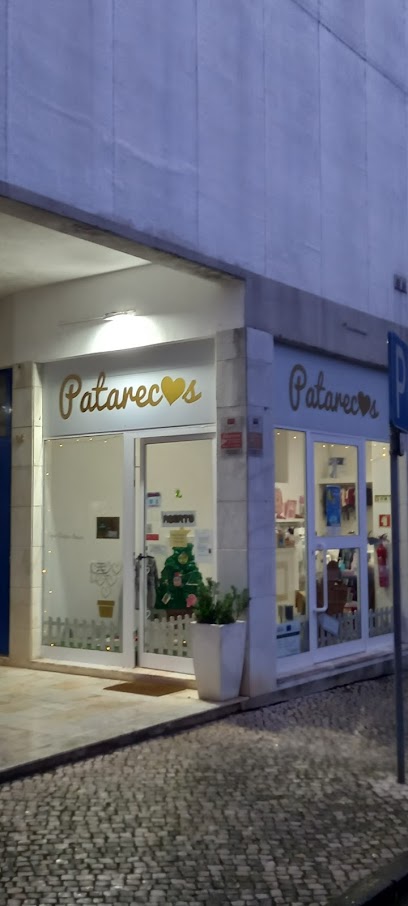
Lanidor Woman
Explore fashionable women's clothing at Lanidor Woman in Tomar, where modern elegance meets timeless style in a charming boutique atmosphere.
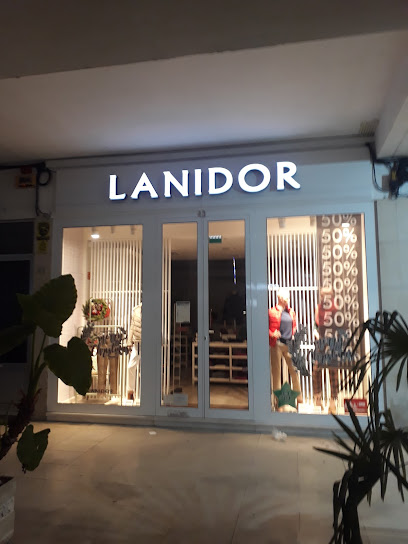
Essential bars & hidden hideouts
Taverna Antiqua
Savor authentic Portuguese cuisine in the charming heart of Tomar at Taverna Antiqua, where tradition meets taste in a vibrant atmosphere.
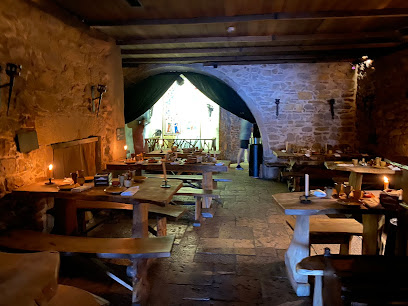
O Tabuleiro
Experience the flavors of Portugal at O Tabuleiro, a charming restaurant in Tomar offering authentic dishes and a warm atmosphere.

Fernandos' Brewery
Discover the heart of craft brewing at Fernando's Brewery in Tomar, where tradition meets innovation in every sip and bite.
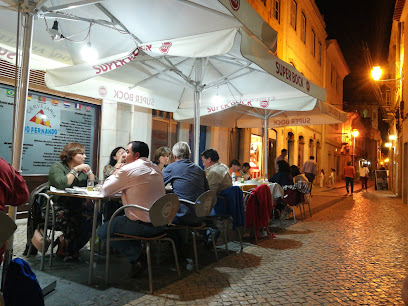
Sabores ao Rubro
Experience the rich flavors of Portugal at Sabores ao Rubro, a culinary gem in the heart of Tomar, perfect for food lovers and cultural explorers.
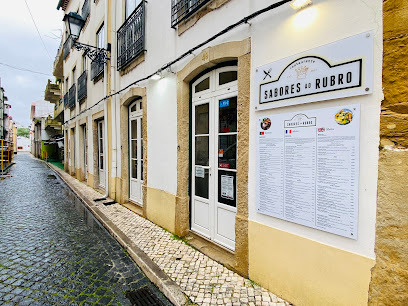
Café Paraiso
Discover Café Paraiso in Tomar, a charming café offering delightful pastries and a cozy atmosphere for a perfect break during your travels.
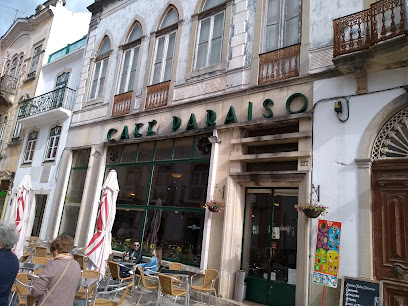
Casa das Ratas
Explore authentic Portuguese flavors at Casa das Ratas, a traditional restaurant in Tomar, where every meal tells a story.
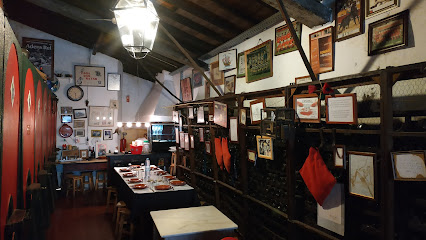
Flavors Of Orchestra 2
Experience the vibrant atmosphere and local flavors at Flavors Of Orchestra 2, a charming beer garden in Tomar, Portugal.
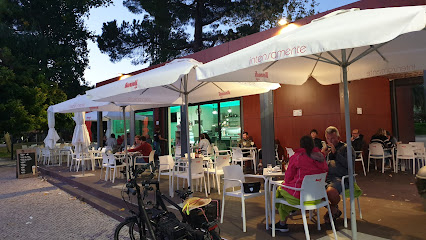
Tasquinha da Mitas
Discover the heart of Portuguese cuisine at Tasquinha da Mitas in Tomar, where traditional flavors meet a warm, inviting atmosphere.
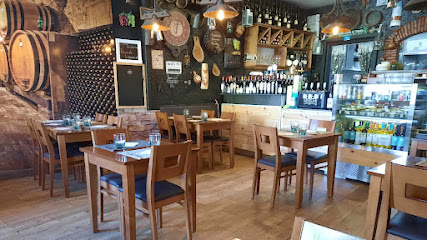
Taverna d'Talha
Discover the heart of Portuguese cuisine at Taverna d'Talha in Tomar, where authentic flavors and a cozy atmosphere await every visitor.
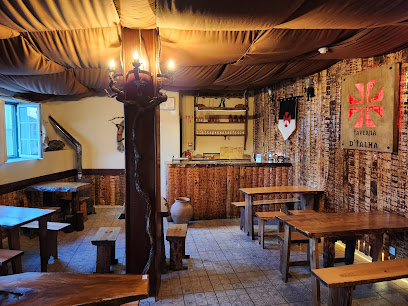
Tabernaculo do Rio
Experience the authentic taste of Portugal at Tabernaculo do Rio, a hidden gem in Tomar, serving delicious traditional dishes in a cozy atmosphere.
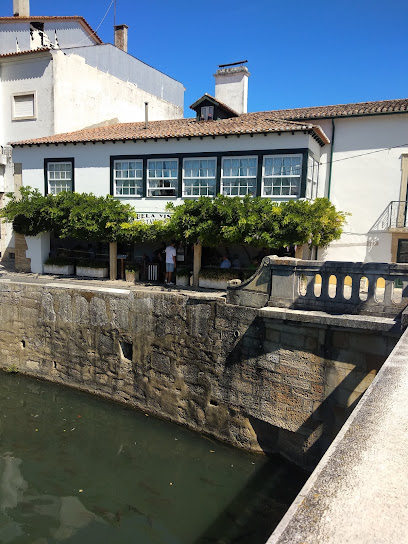
Insensato
Discover the perfect blend of vegetarian delights and literary escapes at Insensato, Tomar's charming cafe and bookstore.
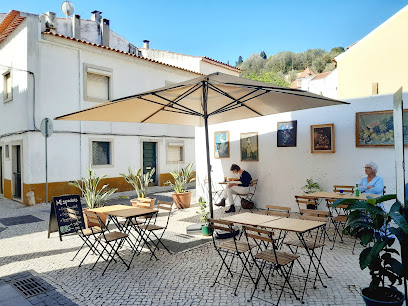
Restaurante Sellium( Cervejaria Claustro)
Experience the authentic taste of Portugal at Restaurante Sellium in Tomar, offering a delightful menu in a warm and inviting atmosphere.
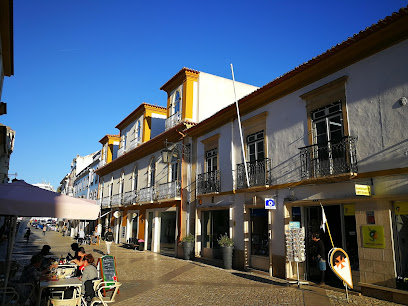
Clandestino
Experience the authentic flavors of Tomar at Clandestino, a cozy restaurant blending local ingredients with culinary creativity.
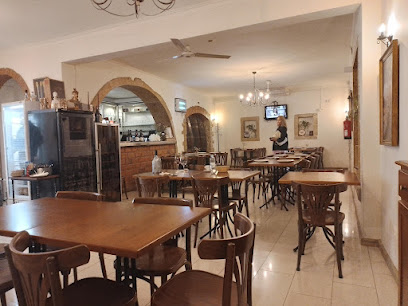
Docostume
Experience the flavors of Portugal at Docostume, a charming restaurant in Tomar, known for its authentic dishes and welcoming atmosphere.
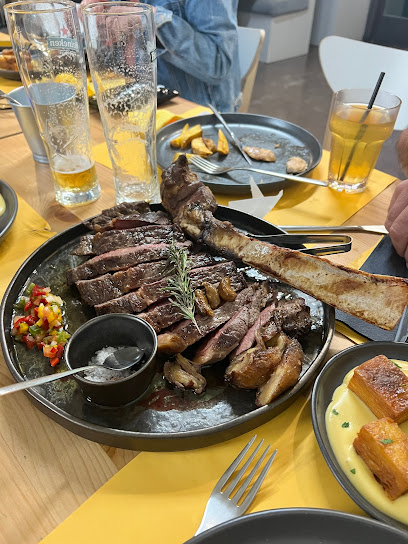
Nabância Bar - Costa Silva & Henriques, Lda.
Discover Nabância Bar in Tomar: A lively spot for drinks, culture, and local hospitality in the heart of Portugal.
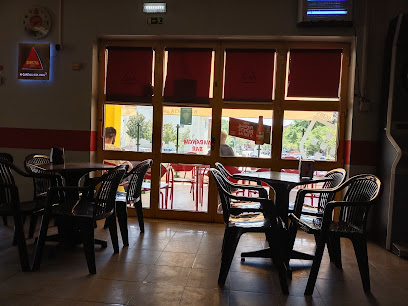
Travel experiences inspired by this city
Explore more travel diariesLocal Phrases
-
- HelloOlá
[oh-lah] - GoodbyeAdeus
[ah-deh-oosh] - YesSim
[seem] - NoNão
[now] - Please/You're welcomePor favor/De nada
[por fah-vohr/deh nah-dah] - Thank youObrigado
[oh-bree-gah-doo] - Excuse me/SorryCom licença/Desculpe
[kohm lee-sen-sah/deh-skool-peh] - How are you?Como está?
[koh-moh ehs-tah] - Fine. And you?Bem. E você?
[behn/eh voh-seh] - Do you speak English?Fala inglês?
[fah-lah een-glehsh] - I don't understandNão entendo
[now ehn-tehn-doo]
- HelloOlá
-
- I'd like to see the menu, pleaseGostaria de ver o menu, por favor
[goh-stah-ree-ah deh vehr ooh meh-noo/por fah-vohr] - I don't eat meatNão como carne
[now koh-moh kahr-neh] - Cheers!Saúde!
[sow-deh] - I would like to pay, pleaseGostaria de pagar, por favor
[goh-stah-ree-ah deh pah-gahr/por fah-vohr]
- I'd like to see the menu, pleaseGostaria de ver o menu, por favor
-
- Help!Socorro!
[soh-koh-roh] - Go away!Vai embora!
[vah-ee ehn-boh-rah] - Call the Police!Chame a polícia!
[shah-meh ah poh-lee-see-ah] - Call a doctor!Chame um médico!
[shah-meh oom meh-dee-koo] - I'm lostEstou perdido
[ehs-toh pehr-dee-doo] - I'm illEstou doente
[ehs-toh doo-ehn-teh]
- Help!Socorro!
-
- I'd like to buy...Gostaria de comprar...
[goh-stah-ree-ah deh kohm-prahr] - I'm just lookingEstou só a ver
[ehs-toh soh ah vehr] - How much is it?Quanto custa?
[koo-ahn-toh koosh-tah] - That's too expensiveIsso é muito caro
[ee-soh eh moo-ee-toh kah-roo] - Can you lower the price?Pode baixar o preço?
[poh-deh by-shahr ooh preh-soo]
- I'd like to buy...Gostaria de comprar...
-
- What time is it?Que horas são?
[keh oh-rahz sow] - It's one o'clockÉ uma hora
[eh ooh-mah oh-rah] - Half past (10)Meia (10)
[meh-ee-ah (deh-eez)] - MorningManhã
[mah-nyah] - AfternoonTarde
[tahr-deh] - EveningNoite
[noh-ee-teh] - YesterdayOntem
[ohn-tehm] - TodayHoje
[oh-zheh] - TomorrowAmanhã
[ah-mah-nyah] - 1Um
[oom] - 2Dois
[doh-eez] - 3Três
[trehsh] - 4Quatro
[kwah-troh] - 5Cinco
[seen-koh] - 6Seis
[saysh] - 7Sete
[seh-teh] - 8Oito
[oy-toh] - 9Nove
[noh-veh] - 10Dez
[dehsh]
- What time is it?Que horas são?
-
- Where's a/the...?Onde fica o/a...?
[ohn-deh fee-kah oh/ah] - What's the address?Qual é o endereço?
[kahl eh ooh ehn-deh-reh-soo] - Can you show me (on the map)?Pode mostrar-me (no mapa)?
[poh-deh moh-strahr-meh/noh mah-pah] - When's the next (bus)?Quando é o próximo (autocarro)?
[kwan-doo eh ooh proh-ksih-moo/ow-toh-kah-roo] - A ticket (to ....)Um bilhete (para ....)
[oom bee-lyeh-teh/pah-rah]
- Where's a/the...?Onde fica o/a...?
History of Tomar
-
Tomar was founded in 1157 by Gualdim Pais, the fourth Grand Master of the Knights Templar in Portugal. The land was granted to the Templars by King Afonso I of Portugal, and the town quickly became a prominent center for the order. The construction of the Convento de Cristo, initially a Templar stronghold, began in 1160 and played a pivotal role in the region's development.
-
The Convento de Cristo is one of Tomar's most iconic landmarks and a UNESCO World Heritage Site. Initially serving as a fortress for the Knights Templar, it later underwent significant expansions and renovations, reflecting various architectural styles including Romanesque, Gothic, Manueline, and Renaissance. The Charola, a round church inspired by the Church of the Holy Sepulchre in Jerusalem, is particularly noteworthy.
-
In 1312, the Knights Templar were disbanded by Pope Clement V under pressure from King Philip IV of France. However, in Portugal, the Templar assets were transferred to the newly established Order of Christ in 1319, largely preserving the Templars' legacy. The Order of Christ played a crucial role in Portugal's Age of Discoveries, providing both financial support and navigational expertise.
-
Tomar is renowned for its Manueline architectural style, a Portuguese Gothic that incorporates maritime elements and symbols of the Age of Discoveries. The window of the Chapter House in the Convento de Cristo is a prime example, featuring intricate carvings of ropes, corals, and other nautical motifs. This style flourished under King Manuel I, who was a former Grand Master of the Order of Christ.
-
The Order of Christ was instrumental in Portugal's Age of Discoveries during the 15th and 16th centuries. Many famous explorers, including Vasco da Gama and Pedro Álvares Cabral, were associated with the order. Tomar, as the headquarters of the order, became a hub of maritime knowledge and innovation, contributing significantly to Portugal's global exploration efforts.
-
Constructed in the mid-15th century, the Synagogue of Tomar is one of the best-preserved medieval synagogues in Portugal. It was built by the Jewish community, which played a significant role in the town's economic and cultural life. Today, it houses the Museu Luso-Hebraico de Abraão Zacuto, which showcases Jewish artifacts and history.
-
The Festa dos Tabuleiros, or Festival of the Trays, is one of Portugal's oldest and most vibrant festivals, held every four years in Tomar. The festival's origins date back to pagan rituals celebrating the harvest, later Christianized to honor the Holy Spirit. During the festival, local women carry tall trays of bread and flowers on their heads in a colorful procession through the town, accompanied by various traditional events and performances.
-
Today, Tomar is a charming blend of historical significance and modern vibrancy. The town preserves its rich heritage while offering contemporary amenities and cultural experiences. Visitors can explore its picturesque streets, dine in local restaurants, and engage with its thriving arts scene, all while being surrounded by centuries of history.
Tomar Essentials
-
Tomar is located in central Portugal, approximately 135 kilometers north of Lisbon. The nearest airport is Lisbon Portela Airport (LIS). From Lisbon, you can take a direct train to Tomar; the journey typically takes around 1 hour and 45 minutes. Alternatively, you can drive from Lisbon to Tomar via the A1 and IC3 highways, which takes about 1 hour and 30 minutes.
-
Tomar is a small city, and many of its attractions are within walking distance. For longer trips within the city, local taxis are available and relatively inexpensive. Public buses operate within Tomar and connect to nearby towns. Renting a car is a convenient option if you plan to explore the surrounding areas at your own pace.
-
The official currency in Portugal is the Euro (EUR). Credit cards are widely accepted in hotels, restaurants, and shops in Tomar. However, it is advisable to carry some cash, especially when visiting smaller establishments or markets. ATMs are available throughout the city for cash withdrawals.
-
Tomar is generally a safe destination for tourists. However, it is always wise to take standard precautions. Avoid walking alone at night in unfamiliar areas and keep an eye on your belongings in crowded places. There are no specific high-crime areas targeting tourists, but it is always best to stay vigilant and aware of your surroundings.
-
In case of emergency, dial 112 for immediate assistance. The local police station and medical facilities are available in Tomar. It is recommended to have travel insurance that covers medical emergencies. For minor health issues, there are pharmacies in the city where you can purchase over-the-counter medications.
-
Fashion: Do dress modestly, especially when visiting religious sites. Avoid wearing revealing clothing. Religion: Do respect local customs and traditions. Always cover your shoulders and knees when entering churches and monasteries. Public Transport: Do be respectful and give up your seat to elderly passengers. Don't eat or drink on public transport. Greetings: Do greet people with a handshake; a friendly 'bom dia' (good day) is appreciated. Eating & Drinking: Do try local delicacies and accept food offerings graciously. Don't refuse hospitality, as it is considered impolite.
-
To experience Tomar like a local, visit the weekly market held every Friday where you can buy fresh produce and traditional Portuguese goods. Engage with locals, who are often friendly and willing to share stories about the city's history and culture. Don't miss visiting the Convent of Christ, a UNESCO World Heritage Site, and the Festa dos Tabuleiros, a unique festival held every four years. For a relaxing experience, take a stroll along the Nabão River and enjoy a coffee at one of the riverside cafes.
Trending Landmark in Tomar
-
Convent of Christ
-
Hotel dos Templários
-
Aqueduto do Convento de Cristo - Troço Pegões Altos
-
Church Santa Maria do Olival
-
Castelo de Tomar
-
Seven Hills National Forest
-
Igreja de São João Baptista
-
Museu dos Fósforos - Aquiles da Mota Lima
-
Thomar Boutique Hotel
-
Synagogue
-
Tabernaculo do Rio
-
Praça da república
-
Guest House
-
Casa dos Ofícios - Hotel
-
Chapel of Santa Iria
Nearby Cities to Tomar
-
Things To Do in Viseu
-
Things To Do in Coimbra
-
Things To Do in Caldas da Rainha
-
Things To Do in Lisbon
-
Things To Do in Aveiro
-
Things To Do in Évora
-
Things To Do in Sintra
-
Things To Do in Setúbal
-
Things To Do in Cascais
-
Things To Do in Badajoz
-
Things To Do in Lamego
-
Things To Do in Porto
-
Things To Do in Vila Real
-
Things To Do in Guimarães
-
Things To Do in Braga













